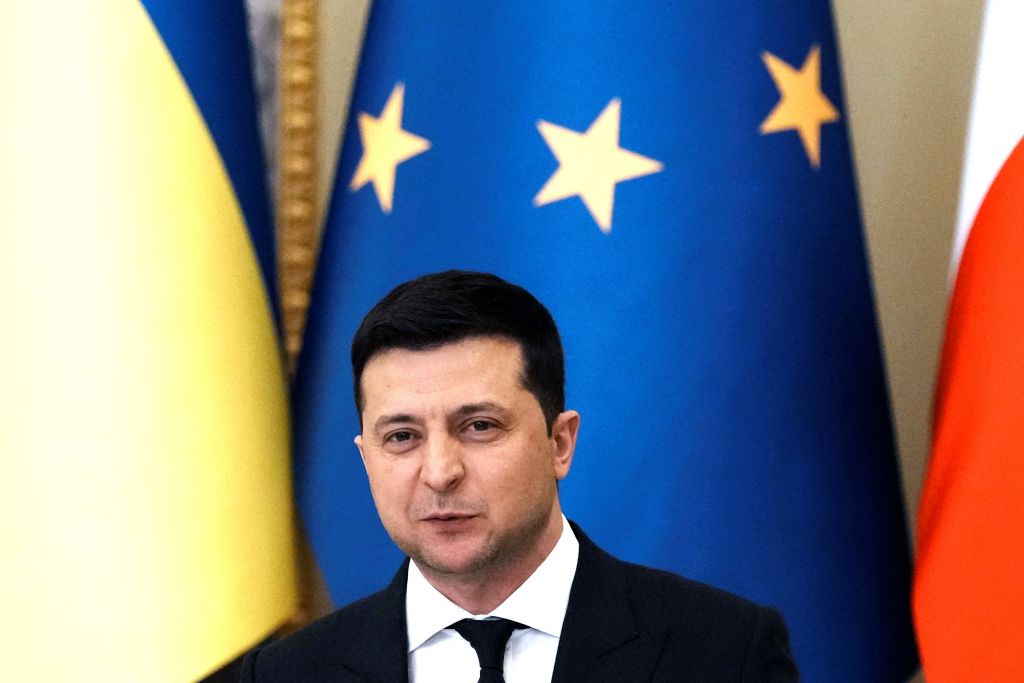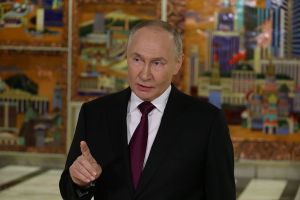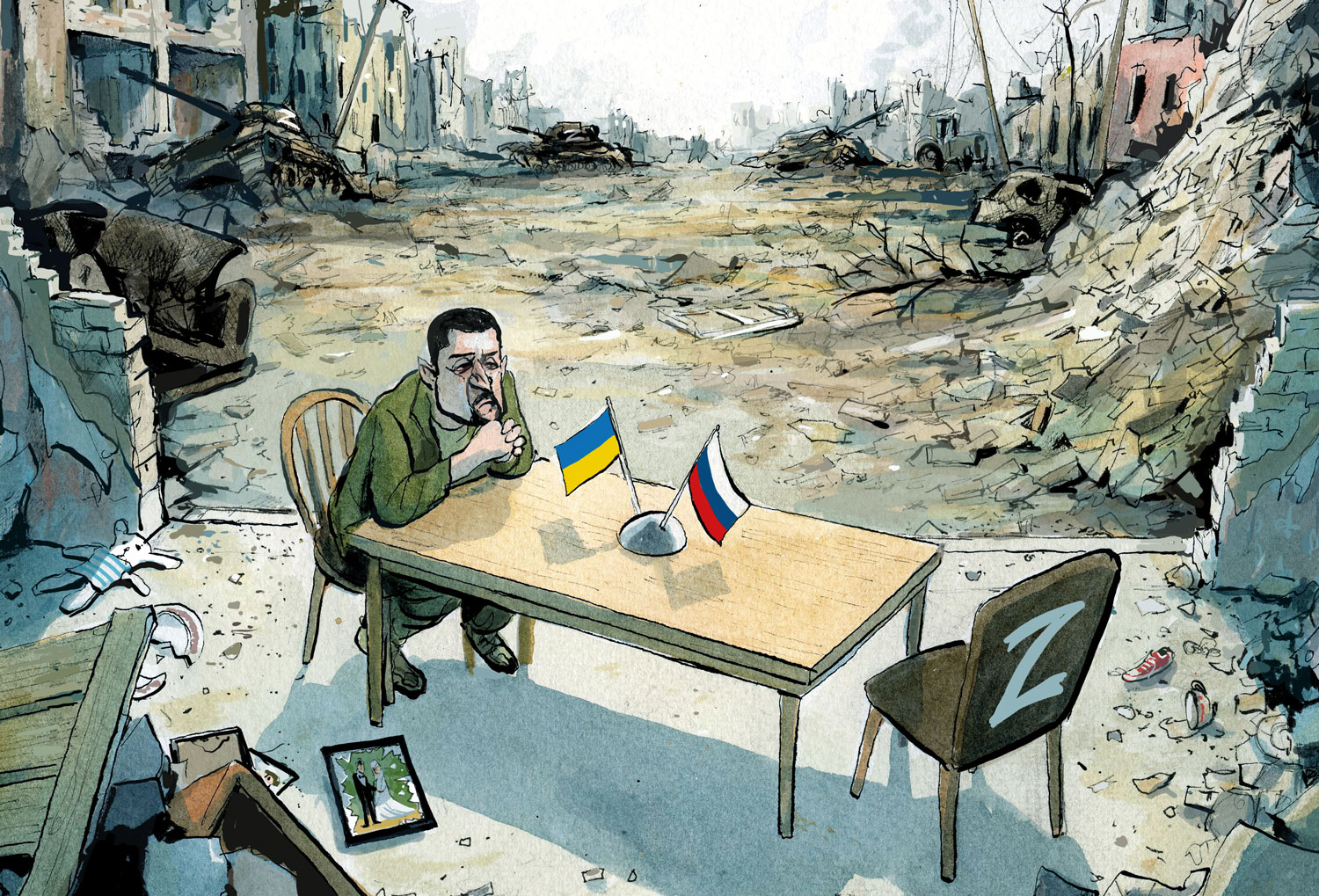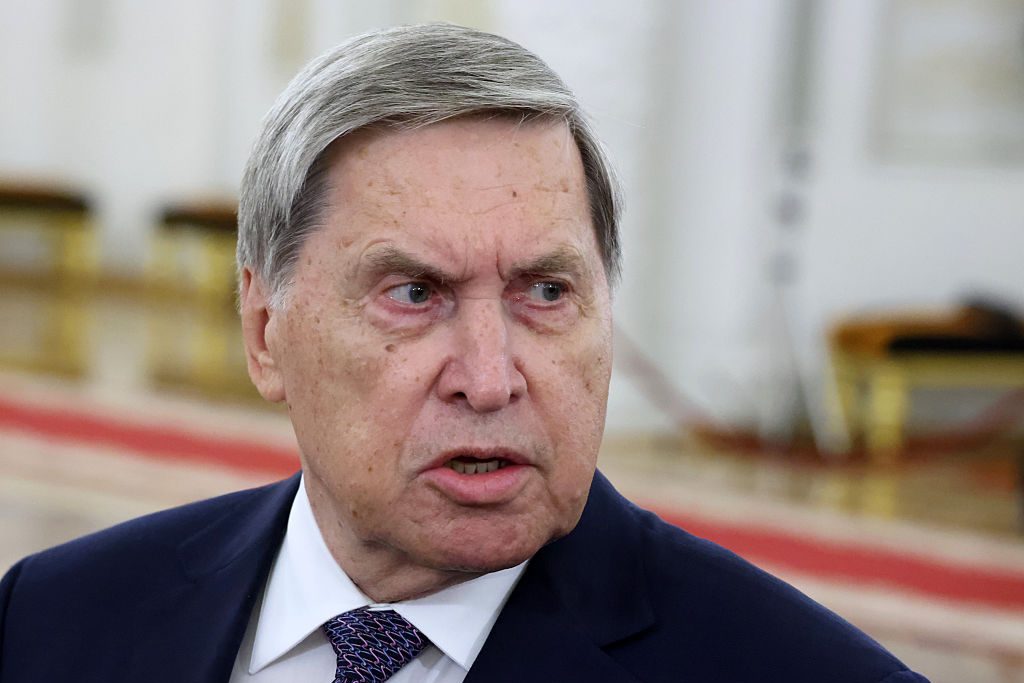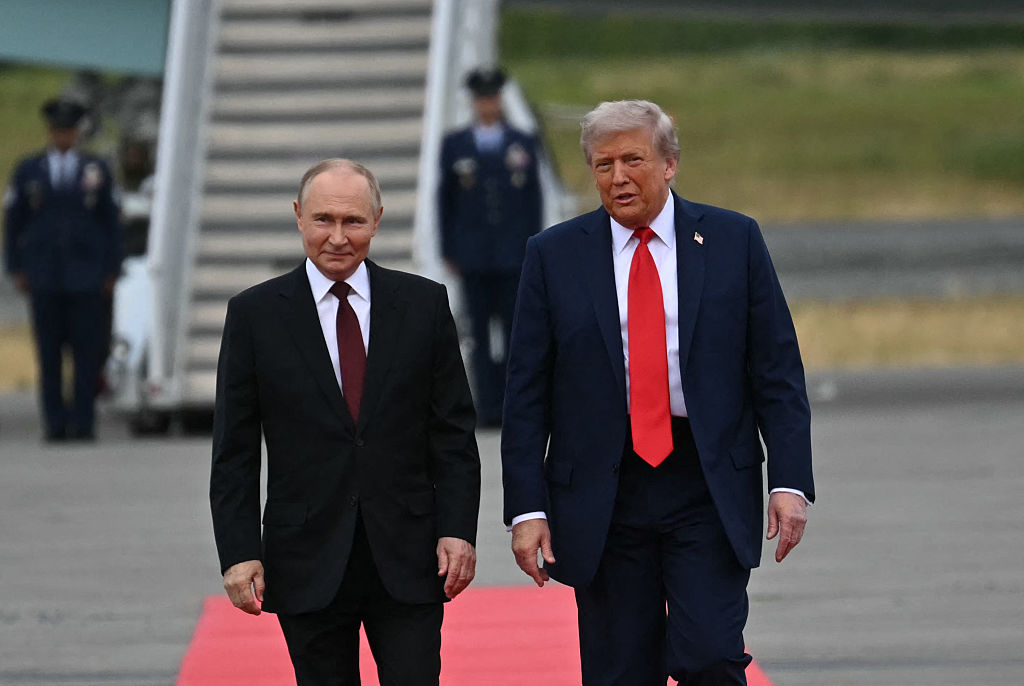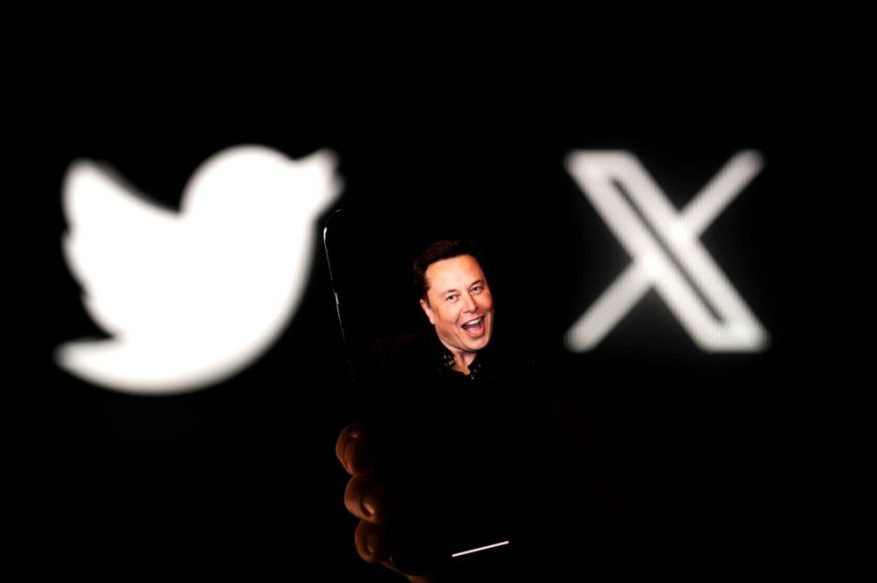The Russian invasion of Ukraine is not only the largest European land conflict since the 1940s — it’s also the first for the TikTok and YouTube generation.
As videos pour in across Twitter and Instagram and other social media platforms are leveraged for credit or propaganda, it’s become evident that we are in a brand new era, much like the one that arrived with twenty-four-hour cable news coverage of the US invasion of Iraq in 1990. Back then it was grainy night vision images of patriot missile launches and target explosions that dazzled homes all over the United States. Now anxious audiences simply launch their favorite social media app on their smart phone to see the latest hi-definition shelling of buildings in Kyiv from Russian forces, or viral news clips of Ukrainians threatening to “fuck some Russians up”.
CNN’s Brian Stelter attempted to take credit on behalf of all network news media for the coverage, saying on Twitter: “The past twenty-four hours are a reminder that consumers in an era of YouTube and TikTok still gravitate to trusted, established news outlets during emergencies. They ‘know where to go,’ so to speak. And television coverage is essential.”
Stelter has it completely backwards. While CNN has employed a roster of veteran foreign journalists, like the impeccable and reliable Clarissa Ward, to dominate their coverage on the ground in Ukraine, much of CNN’s main roster of partisan performers have been sidelined. That’s not a testament to the current state of CNN or cable news.
Also, much of what is airing on cable news are videos culled from viral clips which were first shared on Twitter, Telegram and other social media sites. Slapping a CNN logo on those clips does not mean the majority of audiences are getting their information from cable news.
Every day on Twitter, hundreds of small clips are shared by foreign and domestic accounts — some out of pure international interest and others to be leveraged as propaganda. It clouds the entire information ecosystem and reveals why a reliable non-partisan media is so badly needed right now.
Journalists and members of Congress even pushed the debunked “Ghost of Kyiv” story, a myth born from a single shared video of a Ukrainian fighter jet and pilot who rocketed to the top of trends for supposedly downing several Russian aircraft. A similar situation occurred when Russians occupied a small island and the inhabitants were recorded telling the Russian war ship to “Go fuck yourselves.” It was reported that all Ukrainians were killed in that exchange, but it has since emerged that they were captured. These kinds of myths are no different than previous wars and are spread to boost morale. With social media, the spread is almost instantaneous now.
***
Get a digital subscription to The Spectator World for just $3.99 a month
***
Ukrainian president Volodymyr Zelensky has been particularly adept at using social media to his advantage, posting videos of himself and members of his cabinet on the street in front of structures. The clips have a casual gravitas to them — like a guy out on the town with the boys — and make Zelensky instantly relatable, especially in contrast to Vladimir Putin sitting at a twenty-foot long surfboard table, or Justin Trudeau issuing decrees from a hidden bunker in Ottawa.
The reason for this is fairly simple: Zelensky has a background in media and entertainment. He knows how to use these formats better than world leaders twice his age: better than Putin or even the current White House occupant. Zelensky came of age during the social media renaissance and knows he can reach a larger audience straight from his Twitter feed or YouTube channel. Cable news dinosaurs like Brian Stelter will never understand this.
In the new digital age, wars will be fought not only on the ground or with drones but on Twitter. Old dog news journalists still praising the television can get on board, or get left behind.



